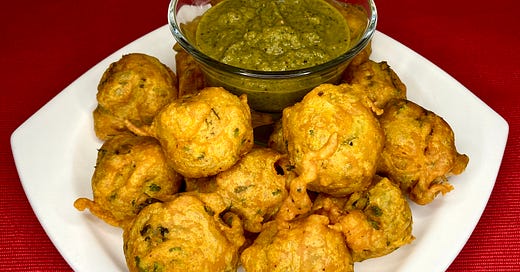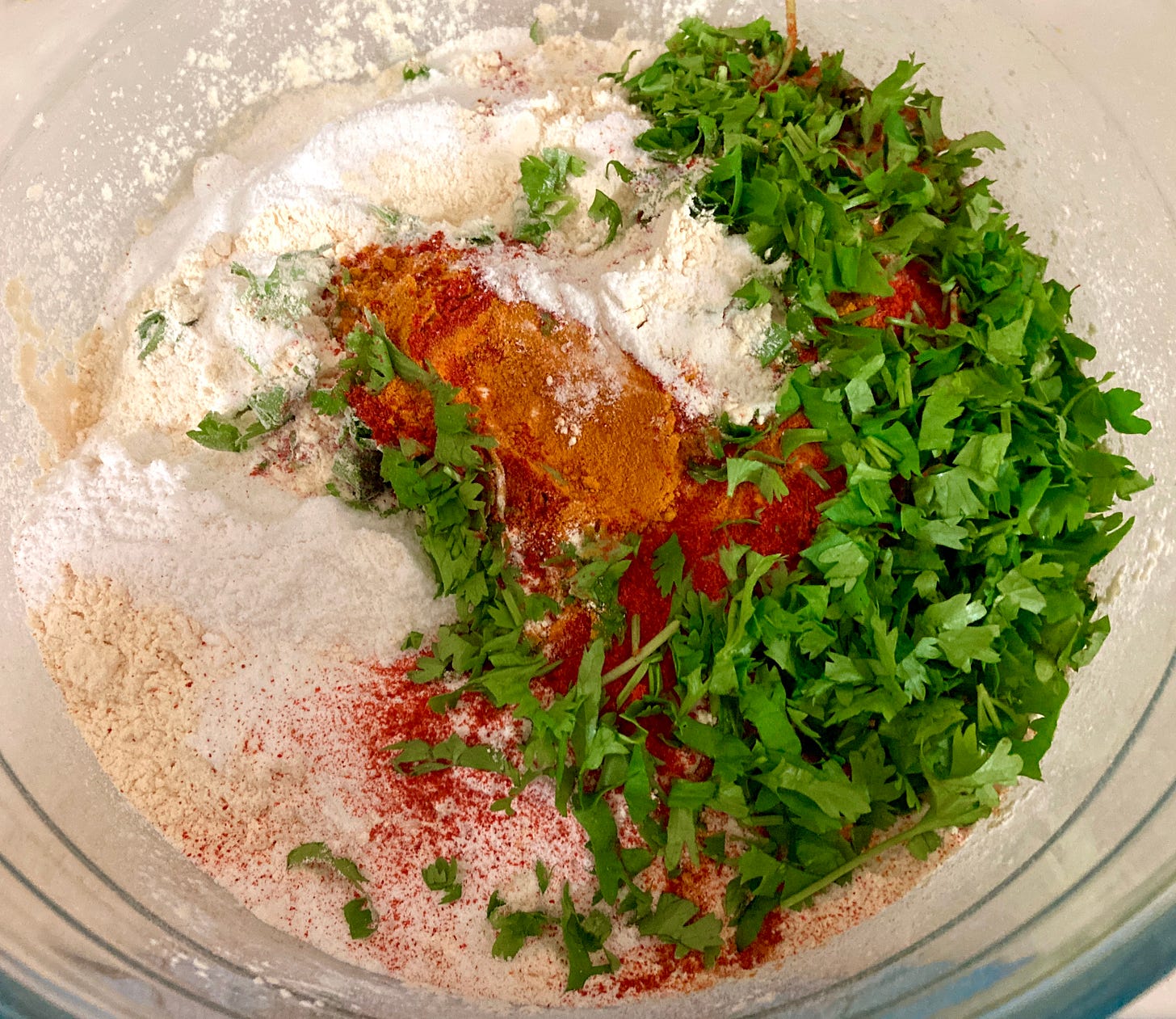September 1994. Toronto, Canada, and I am in my first ever sociolinguistics class at the University of Toronto. Part of a teaching certificate in TESOL, and my formal introduction to the discipline.
The teacher walks in. He is very young (reason 1 for culture shock). He is carrying a cup of coffee (reason 2 for culture shock). He is wearing green corduroys, an untucked-in T-shirt, and a baseball cap on backwards (oh come on, now, really? This is university…(I’d moved to Toronto after a Bachelor’s Degree in India)). Culture shock notwithstanding, I thoroughly enjoyed the class.
On this particular day, the young (and pretty cute, as I recall) corduroy-clad professor (and it was very hard associating the word professor with someone exuding anything but professor-ness) starts talking about the Inuit and their many terms for the word “snow.” He talks about Benjamin Whorf’s role in introducing us to the idea that the Inuit need many words for snow because many different kinds of snow are a huge part of their reality. And he talks about the Sapir-Whorf Hypothesis, the idea that the structure of a language affects the speaker’s worldview. Today, while the strong version (that language determines thought) is not accepted, the weaker version, the idea that language influences thought, is.
While I didn’t think about the word curry and its relation to Sapir and Whorf then, I am now.
So to illustrate, let me give you a list of words in Tamil with their meanings. While I grew up with most of these, there are a couple of things I did learn while compiling these words, thanks to my dad and one of my aunts.
I start, interestingly enough, with curry – albeit with a different spelling.
1. Kari (/kaɾɪ/), anglicized to curry) – when I was growing up, we used this word to describe many vegetable-based dish without a sauce – a dry or stir-fried veg dish, but the word is specific to vegetables that are sometimes boiled before getting tempered with spices or stir-fried (like the cabbage curry I gave you a few weeks ago). But here’s an interesting point, and one I wasn’t aware of before; kari is used to describe such veg dishes in Brahmin households, because in a non-Brahmin household, kari refers to something else, usually meat-based, explains my dad. And here’s another interesting point: the word kari is usually not used to refer to stir-fried greens of any sort – another word for that!
2. Poriyal (/poɾɪjal/)– what kari is to a Brahmin household, poriyal is to a non-Brahmin household. In the latter, a kari is what most non-Indians associate with the word curry – a meat or chicken or fish dish in a sauce. My dad emphasized that he has, in his 85 years, never heard the word poriyal used in a Brahmin house.
Yes, I really must get on the caste-food connection soon.
3. Vadakkal (/ʋad̪akkal/) – again, a dry veg stir-fry. But exclusive to certain vegetables – starchy veggies in particular, those that are not boiled before stir-frying. So you can have a potato vadakkal. Or a raw plantain vadakkal. Or a yam vadakkal.
4. Sundal (/ɕʊɳɗal/)– this is a dry preparation of either a dry bean (like chickpeas or kidney beans) or greens, like varieties of spinach, amaranth, water spinach, etc. With all these, the final step in the cooking process is the addition of fresh grated coconut.
5. Podithtuval (//poɖɪt̯t̯ʊʋal/) – this is a term I had never heard before this conversation with my dad. It is the potato curry we made last week and that we are using this week for something else. Apparently this is a word my grandfather used.
6. Varuval (/ʋaɾɨʋal/) – either chips or crisps, depending on which side of the pond you belong to. These are crisp deep fried potatoes and yams of various kinds, or really, anything you can crisp up.
So in Tamil, then, we have at least six different terms to refer to different kinds of dry vegetable preparations. I won’t bore you with even more explanations of various kinds of veg dishes with sauces, but here are a few names: vetta kozahmu (/ʋɛt̯t̯ʌkkoɻʌmbɨ/), more kozahmu (/moːɾkkoɻʌmbɨ/), koottu (/kuːʈʈʊ/), avial (/ʌʋɪjal/), thogayal (/t̯ogajal/ or /t̯ohajal/), to name a few. Their names have a lot to do with methods of preparation as well as ingredients in them; they are descriptive.
And these are not lentil-based dishes. If they are a lentil and veggie dish? You guessed, it, more different names.
And all these dishes can be thought of as curries. And being a sociolinguist, I see no problem in referring to many Indian dishes as curries – the word is, indeed, one that denotes a lot of different preparations. But people’s perceptions of what a curry is – this is where the unfortunate reductionism comes in. A curry is not just a spicy sauce in which swims chicken, veg, meat or fish – which is what it has become in vast parts of the western world.
Bringing this back to Sapir and Whorf, then, the use of the word curry influences what one thinks the dish is. Even if the reality is vastly different. Which, in India, in most cases, it is.
So moving onto the recipe now. I am happy to continue calling the podithtuval we made last week masala dosa potato curry - what it has always been to me. And as promised last week, here’s something else we can do with the curry. An amazing rainy weather snack. Or really, an anytime snack. Potato bondas (boːnɖa/), served with an onion chutney.
Potato Bondas
Ingredients (makes about 20-25 bondas) (gluten-free; vegan)
1. ½ a batch of the potato curry we made last week.
2. 1 cup of chickpea flour (also called besan)
3. 1/3 cup of rice flour (unsweetened)
4. 1 tsp turmeric
5. 1 Tbsp Kashmiri chili powder. This is a chili powder with a lovely flavor and color but little heat. If you only have regular chili powder, use 1tsp instead of 1tbsp. If you only have cayenne pepper, use ½ tsp (unless, of course, you want it hotter)
6. 3 squeezes of asafoetida
7. ½ cup chopped cilantro (optional)
8. 1½ tsp salt
9. 2 Tbsp hot oil for the batter
10. 1 to 11/4 cups of water
11. 3 cups of vegetable/canola/sunflower/safflower or any other neutral oil to fry
Method
1. Shape the potato curry into small balls – about ¾ to 1 inch in diameter. You can always make them bigger, but with this size, the curry-to-coating ratio is pretty nice.
2. In the meantime, heat the frying oil in a pan.
3. Make the batter
a. Mix all the dry ingredients together
b. When the oil’s hot, add the 2 Tbsp to the dry ingredients and mix it in.
c. Now add the cilantro and water and use a whisk to make a smooth batter with no lumps. Start by adding one cup of water, and if you think it is too thick, add the rest of it. The batter should be fairly thick, in order to be able to coat the potato balls.
4. Drop the balls into the batter to coat them completely and gently drop them into the hot oil. Depending on the size of your pan, you can fry several at a time, but be careful not to overcrowd the pan. Fry on medium heat for about 3-4 minutes, turning them over a couple of times. Take them out of the oil and drain on a paper towel.
5. Serve them hot with a chutney of your choice (or ketchup if the thought is not unappealing; my husband balks, my son loves it)
Onion Chutney
Ingredients
1. 2 cups of diced onions (color of the onions doesn’t matter). The onions do not have to be finely diced, as they will be blended
2. 2 green chilies diced (more or less if you like)
3. 2 sprigs of curry leaves if available
4. 2 Tbsp tamarind concentrate or a one-inch sized ball of tamarind with the seeds removed. If you do not have any tamarind, you can use 2 Tbsp fresh lime juice instead.
5. 1 cup of cilantro (if you don’t like cilantro, leave it out, and increase the onions to 2½ cups, and add 1 Tbsp of Kashmiri chili powder to the sautéed onions; everything else stays the same)
6. 2 Tbsp oil
7. 1 tsp mustard seeds
8. ½ tsp fenugreek seeds
9. 2 squeezes asafoetida
10. 1½ tsp salt
11. ½ cup of water to blend
Method
1. Heat the oil in a skillet. Once it is hot, add the mustard seeds and turn the heat down to low.
2. Once the mustard seeds have spluttered, add the fenugreek seeds. Cook for about 10 seconds, on a low flame.
3. Turn the heat up to medium and add the asafoetida, curry leaves, and green chilies and sauté for about a minute.
4. Now add the diced onions and salt. Sauté for about 5-7 minutes, stirring frequently. As with the potato curry for the bondas, you don’t want the onions to caramelize at all.
5. If you are not adding cilantro, add the Kashmiri chili powder to the onions at this stage. This addition is more for color than flavor; if you are using the cilantro, you can leave out the Kashmiri chili powder, as the green influences the final color of the chutney.
6. Let the sautéed onions cool. Once they have cooled, blend them with the cilantro, tamarind or lime juice, and water. Blend to a fairly smooth consistency.
7. Serve with the hot bondas!
In addition to eating this chutney with bondas, you can use it in a sandwich, it makes a great marinade for meat, chicken, or fish, you can simply eat it with plain rice with a dollop of ghee, the possibilities are endless.
So all the different curries I mentioned in the first part of this post frequently are served together in a big thali meal, typically prepared for special occasions. Here are a couple of pictures of South Indian vegetarian thalis - one of the thali itself, served on a banana leaf, and the second, of my husband enjoying it, and I believe, not quite believing his luck.









As a lover of authentic Indian cuisine, especially South Indian vegetarian dishes, I find Chandri’s hints and tips for the preparation and cooking of her recipes hugely insightful and instructive. I am already bringing to my home table dishes that surpass anything that I can find in Indian restaurants here in Germany. Like Chandri, I do not see food simply as a means to feed the human body. For me it is inextricably interwoven with culture, history, psychology, emotion, social context and so much more. Food in the human context with a balanced perspective is much more than a nutritional process and a pleasurable activity. It can be and is, as Chandri so eloquently demonstrates, a catalyst for human growth and societal development.
I look forward to each culinary episode with great anticipation. I never fail to enjoy Chandri’s thoughts and explanations as well as the gastronomic results.
Let’ s have more lots more please (in all senses!).
Peter, Germany, October 2021
Once again a fascinating discussion! The fraught relationship between words and the culinary experiences described by them reminds me of studying Gottlob Frege's discussion of Sense and Reference in a course on analytical philosophy. But really it is rephrasing the statement of Shakespeare's Juliet: a rose by any other name would smell as sweet. But do "curries" indeed taste the same, if they have different names?